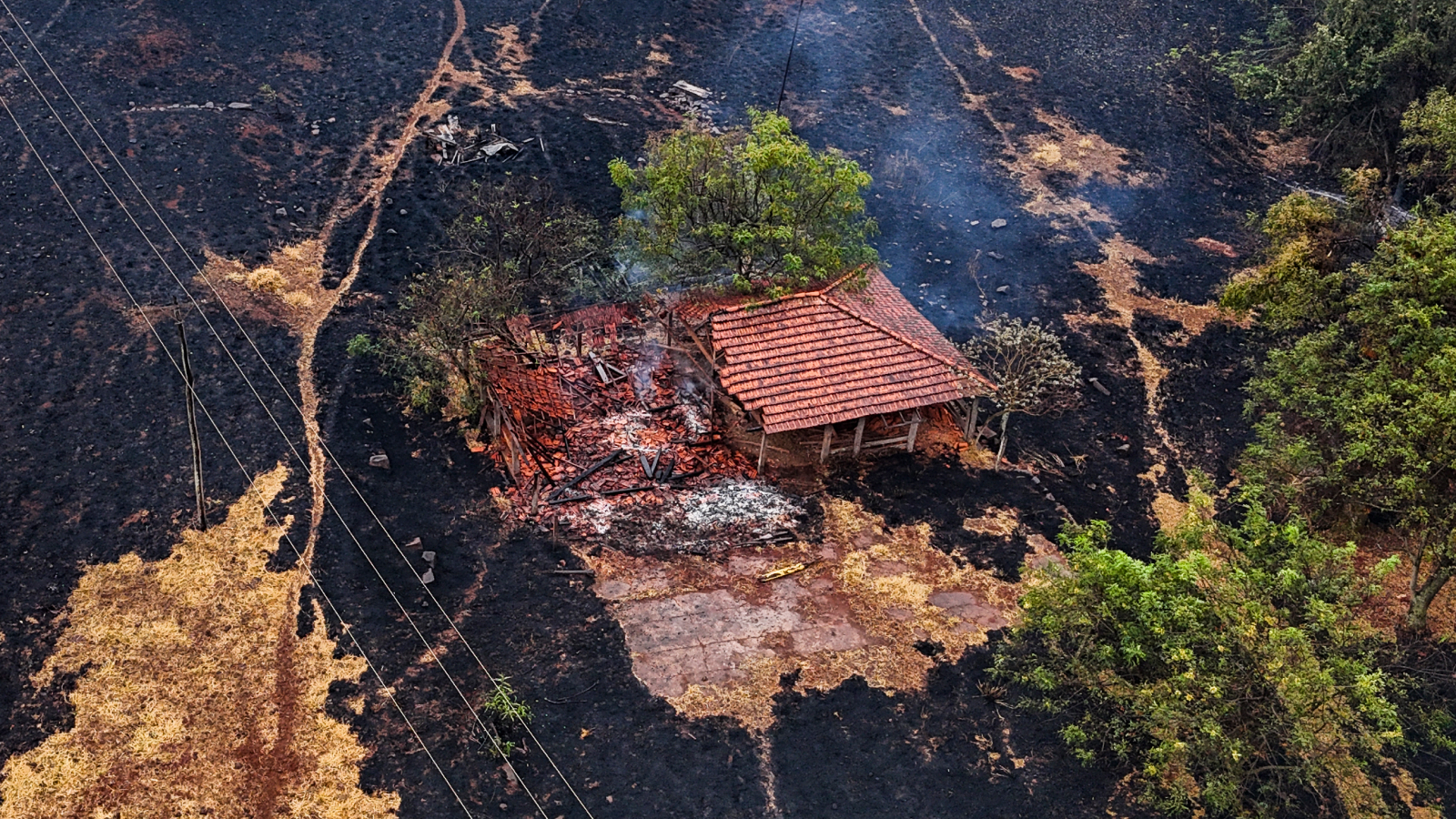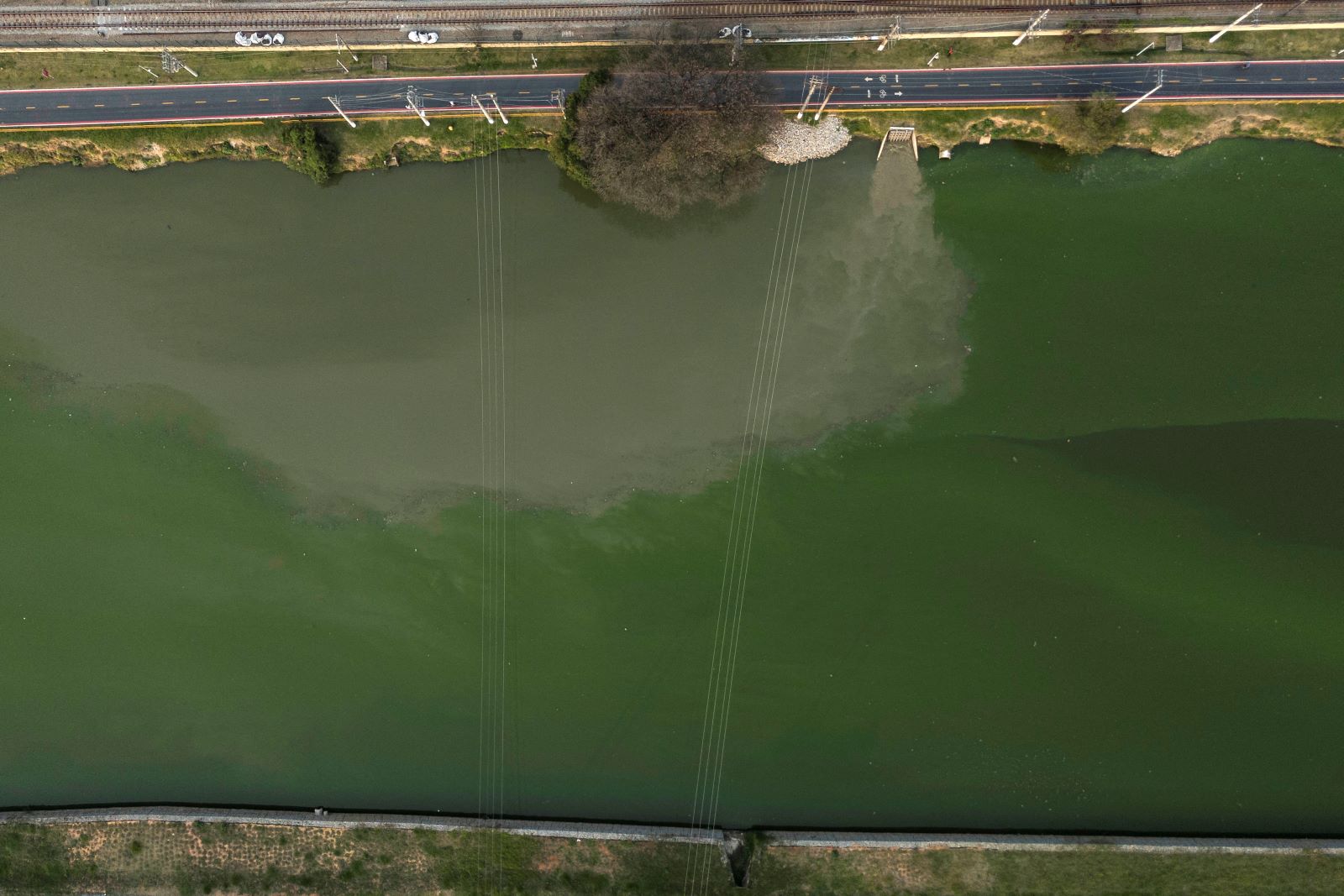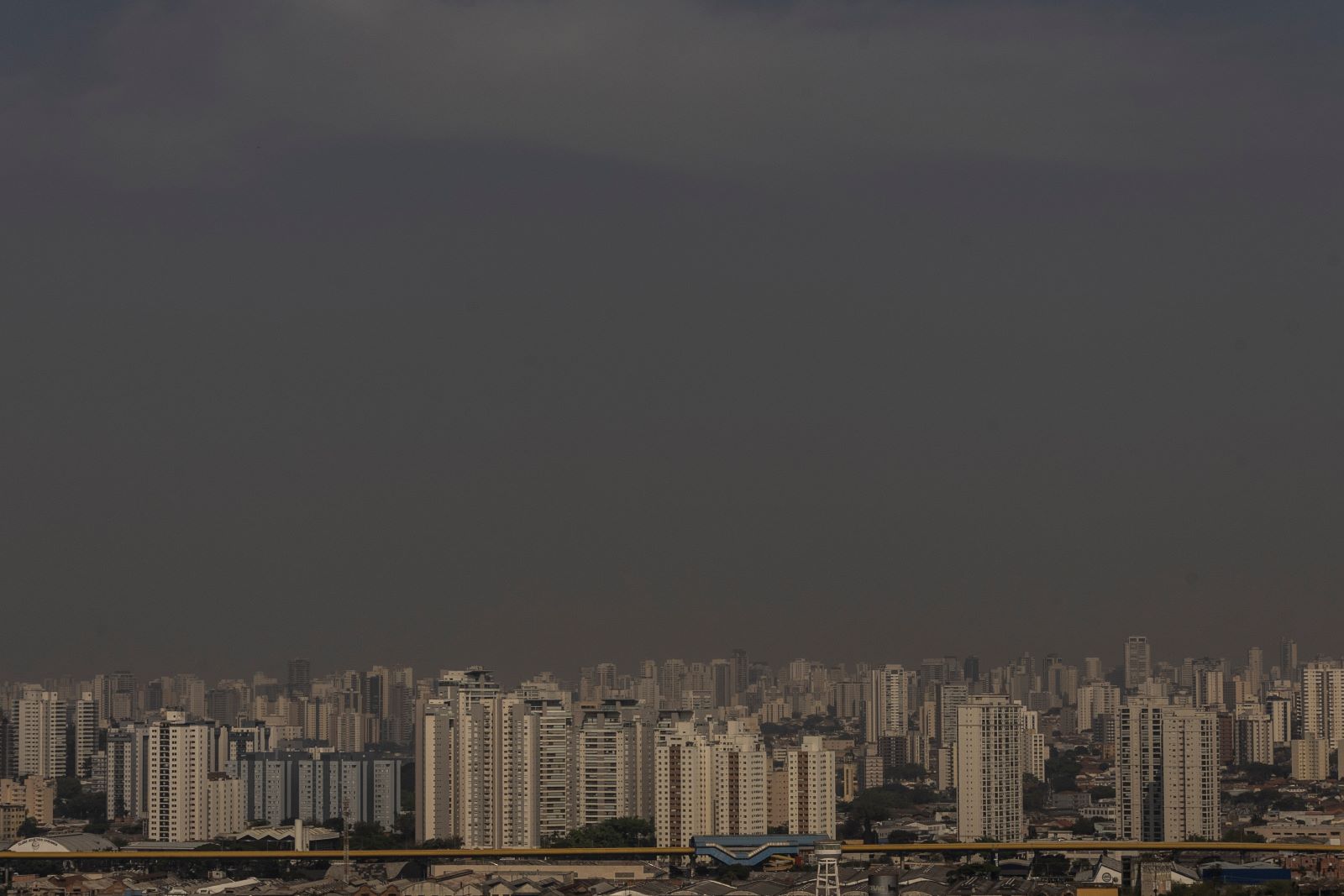Record-breaking fires engulf South America, bringing black rain, green rivers and toxic air to the continent
The Amazon fires, fueled by severe drought exacerbated by climate change, have created a toxic smoke cloud spanning about 4 million square miles — an area larger than the entire United States.

South America is experiencing record-breaking fires, which have led to "black rain," green rivers and hazardous air pollution almost 50 times higher than the level recommended by the World Health Organization, according to the air quality monitoring company IQair.
Between Jan. 1 and Sept. 16, the continent recorded 364,485 forest fires, surpassing the 2007 record of 345,322 fires, according to data from the Brazilian Space Research Institute and Reuters.
The historic drought in the Amazon has worsened the spread of the fires. Many of the fires have been attributed to human activity, but the drought has created favorable conditions for their rapid spread. As a result, 60% of Brazil's territory is currently affected by smoke.
Including neighboring countries and the Atlantic Ocean, the area impacted by the toxic cloud now spans 4 million square miles (10 million square kilometers) — an area larger than the entire United States.
"The air quality in Brazil has never been worse," Alessandra Fidelis, a researcher at the Plant Ecology Laboratory of the State University of São Paulo, told Live Science.
Natalia Gil, an atmospheric science expert and member of the Air Quality and Emissions Department at the Technological Laboratory of Uruguay, told Live Science there has been a progressive decline in air quality in cities across southern Brazil, northern Argentina, Bolivia, Paraguay and northeastern Uruguay.
Related: Sahara desert hit by extraordinary rainfall event that could mess with this year's hurricane season
Sign up for the Live Science daily newsletter now
Get the world’s most fascinating discoveries delivered straight to your inbox.
In recent weeks, Gil observed "a significant increase" in black carbon, particulate matter and gases such as ozone, nitrogen oxides and carbon monoxide in cities as far-flung as Buenos Aires, São Paulo, Londrina, Rio de Janeiro, Cochabamba and La Paz. In Uruguay's capital, Montevideo, residents experienced poor visibility for several days due to the dense smoke cloud and black rain — precipitation that turns dark due to the mixture of ash and soot — recorded in multiple parts of the country. The same situation occurred across 11 Argentine provinces, including the Metropolitan Area of Buenos Aires.
In São Paulo, meanwhile, the Pinheiros River turned emerald green due to an algae bloom triggered by the severe drought.

Paulo Saldiva, a pathologist and professor at the University of São Paulo School of Medicine, compared the smoke produced by burning biomass to cigarette smoke, noting that both contain toxic substances that enter the body through the eyes, respiratory tract and lungs. In a metropolis like São Paulo, for example, the level of vehicular and industrial pollution is equivalent to smoking four to five cigarettes daily. However, for those exposed to smoke from forest fires over long periods, the impact is akin to "lighting one cigarette after another," Saldiva said.
Environmental changes in recent decades, along with shifts in land use, have significantly altered fire regimes. While Brazil has always experienced dry seasons, the average number of consecutive rainless days has increased from 80 to 100 in the last decade, indicating a worsening of climate-related impacts, Fidelis noted. "The forest is more susceptible to burning, even with the reduction in deforestation rates. It has become more flammable," Fidelis said.

In addition to changes in precipitation, rising temperatures, soil moisture and carbon dioxide levels can influence the timing, extent, duration, frequency and intensity of fires, Luis López-Mársico, a researcher at the Institute of Ecology and Environmental Sciences at the University of the Republic of Uruguay, told Live Science.
In much of Brazil, these changes manifest as higher temperatures, reduced rainfall, and, most notably, an increase in extreme drought events, which prolong the so-called "fire seasons,"
All of this constitutes a "new normal," according to Fidelis. "We need to start recognizing that we are dealing with a new factor we once thought of as a future scenario, but which is now our reality: climate change," she said.

María de los Ángeles Orfila is a science journalist from Montevideo, Uruguay, known for her long-form writing featured in El País and El Observador. She also participated in the Sharon Dunwoody Mentoring Program 2023 offered by The Open Notebook and has bylines in Science, Scientific American, and Discover Magazine, among other outlets.










